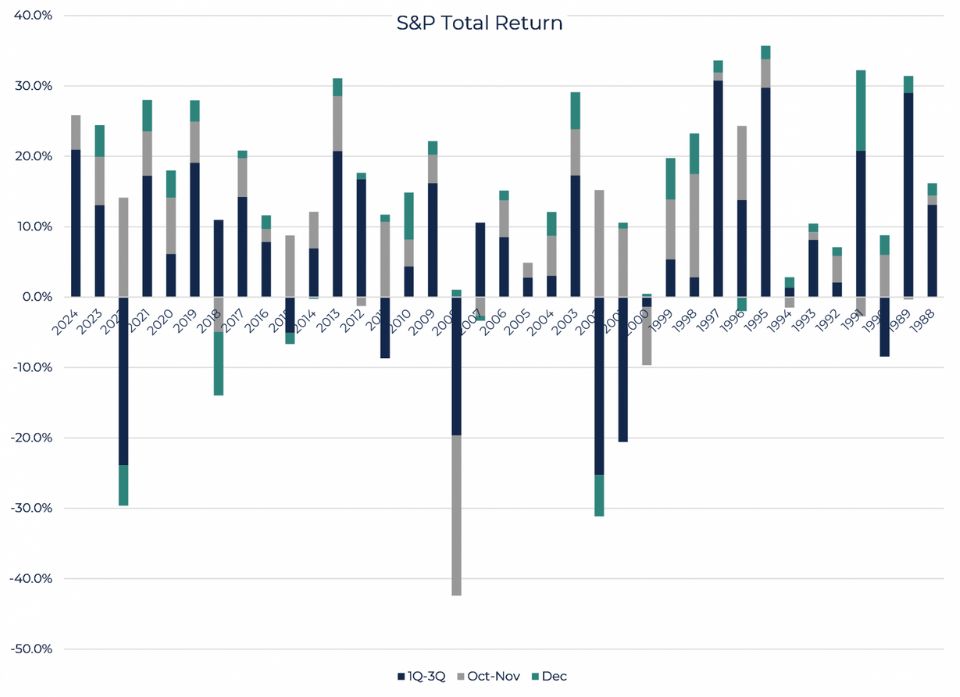Federal Reserve Confronts Inflation and Market Fluctuations: What’s in Store for 2025?
- Overview of the Federal Reserve’s challenges as 2024 concludes
- Focus on balancing dual mandates: employment and price stability
- Analysis of current inflation trends and market volatility
- Exploration of potential economic scenarios for 2025
- Insight into Fed policies and their implications for stakeholders
- Emphasis on the importance of monitoring economic indicators
- Guidance for investors on navigating uncertain markets ahead
Free!
As we approach the end of 2024, the Federal Reserve finds its policies and strategies under intense scrutiny amid ongoing inflation and market volatility. The Fed’s mission to strike a delicate balance between fostering employment while maintaining price stability is proving to be as challenging as ever. This article explores the current landscape of the Fed’s maneuvers and what we might expect for the economy in 2025.
The Inflated Reality
Since the onset of factors triggering inflation, including globalization’s shifting dynamics, supply chain disruptions, and persistent demand, everyday goods and services have become more expensive. Increases in service costs, energy prices, and food items have left consumers with strained budgets and rising concerns about the purchasing power of their incomes.
The Federal Reserve’s interest rate hikes intended to tame this inflation have been a double-edged sword. While the Fed aims to control inflation, raising interest rates significantly can slow economic growth and hamper job creation. The challenge, therefore, lies in knowing when and how much to adjust rates to avoid tipping the economy into stagflation.
Market Volatility on the Horizon
Another area of concern for the Fed and investors alike has been the ongoing volatility in financial markets stemming from inflation fears and uncertainties regarding future policy changes. This market turbulence, which can stem from realistic worries about corporate profitability and stock valuations, leads to fluctuating investor sentiment and falling stock prices.
Investor reactions often reflect broader economic forecasts and consumer sentiment massively influenced by the Fed’s actions. As such, maintaining stability requires that the Fed carefully communicates its policy direction and economic outlook. Confidence is key, and drastic or poorly explained changes can shake consumer trust and diminish investment strategies.
Handler for Joblessness
Amidst discussions surrounding inflation, it is also crucial to examine employment rates. While job growth has been commendable, labor market disparities persist. Economic recovery has not been uniformly distributed across all sectors, highlighting the importance of policies aimed at improving employment conditions, labor participation, and wage growth.
The Fed recognizes that its interest rate policies affecting employment markets need to nurture growth without exacerbating inflation, posing additional complexities to the dual mandate. Keeping a close eye on unemployment rates coupled with inflation pressures will likely be central to the Fed’s decision-making process moving into 2025.
What Lies Ahead in 2025?
As we turn our gaze into 2025, the Fed’s trajectory will remain intimately tied to inflation curves and economic growth rates. Should inflation rates begin to unwind and stabilize, there may be room for more accommodative policies to invigorate the economy. However, if inflation proves stubborn, the Fed might be compelled to maintain a hawkish stance that prioritizes price control over growth, even as it faces pressures to respond to public concerns about job availability.
Moreover, emerging technological advancements, trade policy shifts, and geopolitical tensions will play critical roles in shaping future Federal Reserve strategies. The changing landscape necessitates flexibility in approaches to fiscal and monetary policy doctrines.
Conclusion
The journey toward economic stability doesn’t promise an easy road ahead, but the Fed’s crucial role in navigating the voyage while managing inflation, employment, and market fluctuations cannot be understated. As we transition to 2025, understanding the fine balance the Federal Reserve must maintain remains an endeavor of prime importance for economists, policymakers, and the public alike.
Stay updated and informed about the Federal Reserve’s developments in the complexities of monetary policy through 2025 and the implications for us all.





There are no reviews yet.